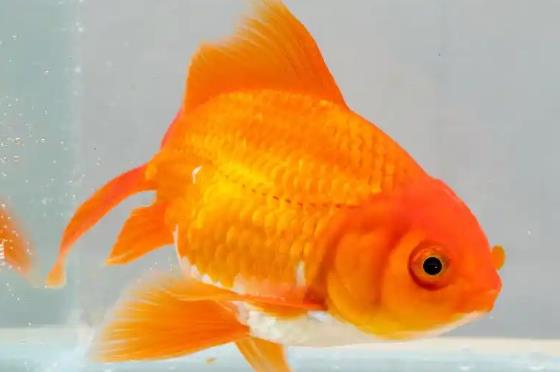Without an oxygen pump, keeping goldfish alive requires special attention to water quality, the size of the water body, the frequency of water changes, and environmental management. Here are the specific methods and suggestions:

1. Choose the Right Water Body and Container
- Size of the Water Body: The volume of the fish tank or container should be as large as possible. The larger the water body, the more abundant the dissolved oxygen in the water. It is recommended to select a container of an appropriate size according to the number of goldfish to avoid excessive density.
- Type of Container: Select an open-mouthed container with a low water level to increase the contact area between the water and the air, thereby increasing the oxygen content.
2. Water Quality Management
- Sunning the Water: Use clean water that has been sunned for more than 24 hours to remove the chlorine in tap water. The sunning time can be adjusted according to the local water quality, and it is recommended to be between 24 and 72 hours.
- Regular Water Changes: Change at least one-third of the water in the fish tank every week to keep the water clean. When changing the water, make sure that the temperature difference between the new water and the old water does not exceed 2°C to avoid discomfort for the goldfish.
3. Increase the Source of Oxygen
- Plant Aquatic Plants: Plant aquatic plants in the fish tank. Aquatic plants can release oxygen through photosynthesis and at the same time provide a shelter and habitat for the goldfish.
- Increase the Water Surface Area: Expand the contact area between the water surface and the air by hanging wooden sticks or using a shallow-water container to increase the dissolved oxygen content.
4. Control the Number of Goldfish and Feeding
- Reduce the Density: Control the number of goldfish according to the size of the fish tank to avoid insufficient oxygen due to excessive density. For example, it is recommended to keep 3 to 5 goldfish in a small 30-centimeter tank.
- Feed Appropriately: The excrement of goldfish will increase the burden on the water quality. It is recommended to control the amount of feeding to avoid deterioration of the water quality.
5. Environmental Optimization
- Sunlight and Ventilation: Place the fish tank in a place where it can receive sunlight. Sunlight is helpful for the photosynthesis of aquatic plants and can inhibit harmful bacteria. At the same time, increase the ventilation of the fish tank appropriately to promote air circulation.
- Artificial Oxygenation: Simple methods such as using an air pump, stirring the water surface, or installing a waterfall filter can be used to increase the oxygen content in the water.
6. Observation and Adjustment
- Quiet Observation: After the goldfish enter a new environment, it is recommended not to feed them for the first three days, observe their condition, clean up the excrement in a timely manner, and adjust the management method.
- Stabilization of the Water Body: Through the above methods, the water body will gradually become stable. Moss may grow on the tank wall or the water may turn green, which is a sign of the balance of the water body.
Conclusion: Without an oxygen pump, the key to keeping goldfish alive lies in the size of the water body, water quality management, the source of oxygen, and environmental optimization. By reasonably controlling the density, changing the water regularly, planting aquatic plants, and increasing the water surface area, the dissolved oxygen content in the water can be effectively increased, ensuring the healthy growth of the goldfish.
